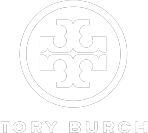The importance of quality IT services are becoming more and more apparent. As organizations increasingly step into the modern, tech-driven world, they rely on technical expertise to keep operations flowing smoothly. IT procurement services are especially vital in this day and age. They help businesses streamline operational efficiency, minimize risk, and enhance overall ROI.
In essence, these services bridge the gap between the complex world of IT and the tactical execution of business strategies by augmenting internal teams' resources and capabilities. By adhering to IT procurement best practices, organizations can procure technology in a way that’s both effective and cost-efficient. Best practices include clear definition of requirements, competitive bidding, and robust contract management.
One of the most common types of IT procurement is software procurement. Leveraging the expertise of professional procurement services, companies can identify and secure software solutions that align with their business needs. Some of the most popular software procurement options are cloud-based software and enterprise systems.
Telecom procurement is another critical aspect of IT procurement services. They help businesses manage contracts, maintain service levels, and ensure cost efficiency in acquiring telecommunication services. For example, if a business is seeking an efficient mobile service, they might turn to a telecom procurement specialist for help.
Considering that new cyber threats are popping up each day, businesses are coming to realize the importance of cybersecurity. This increased awareness around online safety has made cybersecurity procurement an essential part of IT procurement. Cybersecurity procurement services are designed to equip companies with the right tools to protect their data and IT infrastructure from external—and internal—threats.
Similarly, IT network procurement involves the acquisition of network infrastructure, such as servers, routers, switches, and other hardware. IT procurement services assist in identifying the appropriate network infrastructure that aligns with a company's technological requirements. In this way, they help promote optimal performance and cost efficiency.
Procurement vs. Sourcing
The terms “procurement” and “sourcing" are often used interchangeably in the context of IT services, but there are some key differences between the two to be aware of. Sourcing refers to the process by which vendors are identified and evaluated. To adequately source vendors, businesses must conduct market research and establish contracts once the vendor has been chosen.
Procurement involves actually purchasing goods from suppliers. It includes multiple operational aspects, such as order placement and invoice processing. Understanding procurement vs. sourcing is crucial when discussing IT procurement services, as businesses can’t just stop at sourcing if they are looking to incorporate new tech—they must also take the next step and place an order with their vendor of choice.
Ultimately, procurement and sourcing share one common objective: to help companies obtain the best possible services at the lowest possible cost. These processes play an integral role in supply chain management and contribute significantly to the cost efficiency and operational effectiveness of a company. This is key to succeeding in today’s increasingly competitive business climate.
Strategic procurement and strategic sourcing take these processes a step further by integrating them into a company's broader business strategy. These data-driven, long-term approaches help unlock significant value for the organization. Strategic procurement entails purchasing and managing supplier relationships. Strategic sourcing, by contrast, involves a more analytical approach to sourcing. It seeks to understand a company's spending patterns and leverage volume buying.
Hiring an IT procurement specialist like Resourcive is a great way for businesses to manage these strategies and find the best services for their specific needs. With solutions for everything from cloud compute to IoT wireless, Resourcive helps organizations to maximize ROI while reaping the full benefits of whatever solution(s) they choose.
IT Procurement Process
The IT procurement process involves various steps, from outlining the need for a particular IT service or product to managing relationships with vendors. Procurement consulting services strategically manage this process to meet companies’ needs in the most cost-effective way possible.
As discussed previously, the IT procurement meaning encompasses several stages and elements. Most often, the first step in the procurement process is devising an IT procurement strategy that defines how a company plans to manage IT asset acquisition. A procurement consulting firm can help them outline this strategy, accounting for a myriad of relevant factors.
IT purchasing is a component of the broader IT procurement process. While procurement primarily revolves around strategizing and choosing vendors, purchasing is a transactional act in which IT products or services are bought. There are many different types of procurement solutions on the market today, highlighting the need for expert procurement services.
Strategic IT purchasing and procurement offers several benefits, including:
1) Cost Savings: By smartly sourcing vendors and negotiating contracts, businesses can enjoy significant cost savings.
2) Risk Mitigation: A well-planned procurement strategy helps businesses spot and address potential risks before they spiral out of control and cause lasting damage.
3) Improved Efficiency: Streamlining and automating parts of the procurement process is a great way to save time and resources.
4) Enhanced Quality: Strategic procurement can help ensure the quality of IT products and services by setting clear expectations and performance metrics for suppliers.
5) Future-proofing: An effective IT procurement strategy considers not just immediate needs, but future business goals, facilitating long-term success.
Rather than attempting to go at this process alone, businesses can hire IT procurement specialists who can help them draw up customized plans to suit their unique needs. This can save them time and money and get the right tools in their hands as quickly as possible.
IT Procurement Examples
To get a better understanding of what this type of procurement entails, it can be helpful to view IT procurement examples. These demonstrate the breadth and depth of IT services and how they can help simplify business operations. Here are a few good examples of IT procurement and how leveraging third-party support can benefit organizations:
1) Software Solutions: Procuring software can range from off-the-shelf applications to bespoke software developed to meet specific business needs. Third parties can guide the procurement process by identifying the best software solutions and negotiating licenses.
2) Hardware Procurement: Hardware procurement describes the acquisition of physical IT assets like computers, servers, and routers. Procurement specialists can leverage their industry knowledge to secure hardware at competitive prices.
3) IT Services: Businesses often need to procure external IT services—for instance, cloud services and cybersecurity solutions. Third-party procurement professionals have a broad view of the marketplace and can help businesses select service providers whose services are best aligned with their strategic objectives.
4) IT Lifecycle Services: These services manage the entire lifecycle of IT assets, from procurement and deployment to maintenance and disposal. By outsourcing this to a third party, companies can ensure they are maximizing the value of their IT assets while mitigating risk.
Working with third-party providers offers the following benefits:
Expertise and Insight: Third-party specialists have deep knowledge of the IT market, trends, and industry best practices.
Cost Savings: They can help negotiate better pricing and licensing terms and avoid unnecessary expenses.
Time Efficiency: By outsourcing procurement, companies can spend more time focusing on their core business activities.
Risk Management: Third parties can help manage risks associated with compliance, vendor performance, and technology investments.
Strategic Alignment: Professionals in the IT space work to make sure that procurement aligns with the company’s goals and objectives.
IT Procurement Categories List
IT procurement covers a vast array of solutions, often categorized based on their distinct purposes and roles within an organization's technological landscape. Browsing an IT procurement categories list can give businesses a better idea of what to expect from these services, but the main 5 procurement categories to be aware of are:
1) Hardware: This category includes the purchase of physical equipment such as servers, computers, and peripherals. Sub-categories often include things like desktop hardware and networking equipment.
2) Software: The software category includes the acquisition of software licenses, cloud-based services, and other digital tools. Examples of sub-categories are productivity software, business intelligence tools, and operating systems.
3) IT Services: IT services cover outsourced services that support a company's IT infrastructure, such as IT consultancy and managed services.
4) Telecommunications: Telecommunications refers to the procurement of telecommunication services and equipment, like mobile services and broadband.
5) IT Lifecycle Services: These services manage the end-to-end lifecycle of IT assets, from procurement and deployment to maintenance and disposal.
Another key category is indirect procurement. Indirect procurement categories refer to purchases that support a company’s operations, but are not directly tied to a product or service they deliver. A few good examples of this are computers, software tools for internal use, and IT consultancy services. IT spend categories often mirror procurement categories, with the addition of ongoing costs for maintaining and operating IT systems.
Category management is another strategic approach that organizes procurement resources into specific areas of spend. One of the best category management procurement examples might involve a company dedicating a team to manage software. That way, instead of trying to juggle multiple tasks at once, they can focus their efforts on one category, which can improve outcomes.
Understanding procurement categories and sub-categories is crucial to selecting the right types of services for various business needs. Not all IT services are relevant to all types of organizations, which is why it can be helpful for companies to consult with IT procurement specialists to determine their specific needs.
Related Articles:
Vendor Selection Process in Procurement
IT Procurement Consulting
AI in the Contact Center







